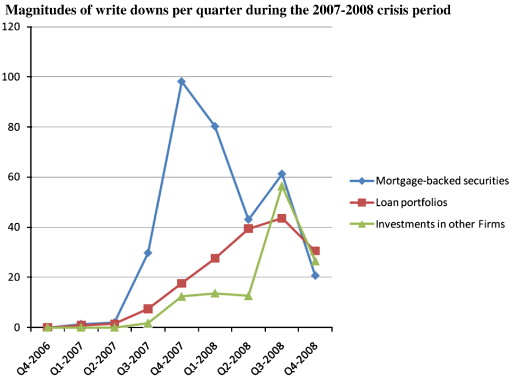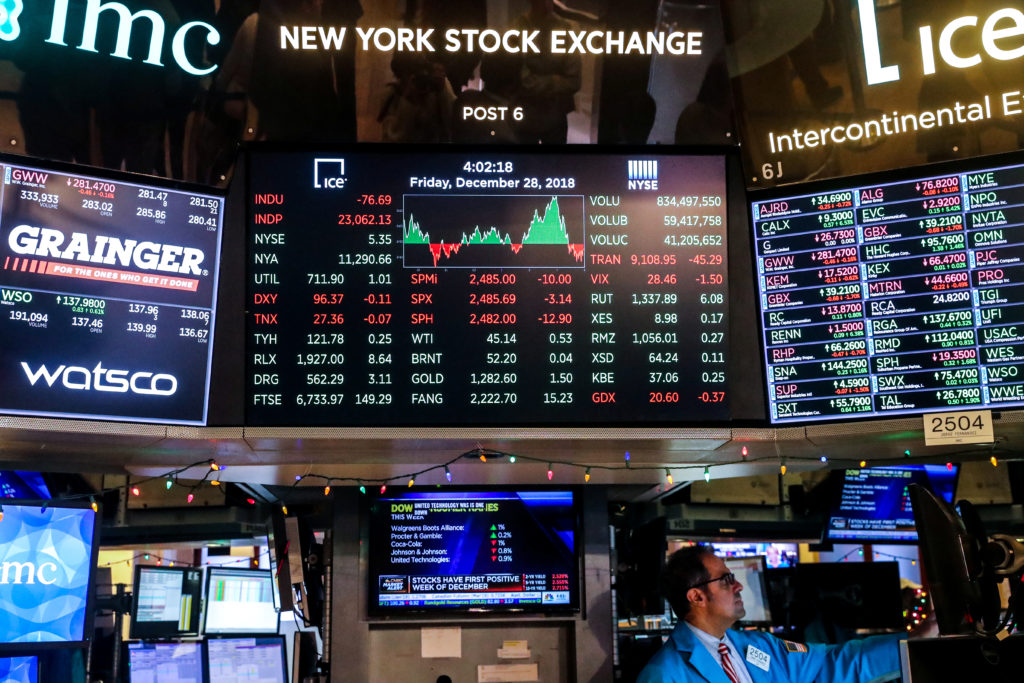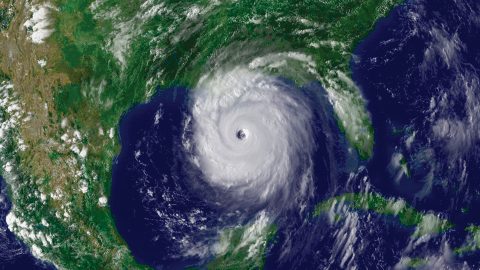The world has faced numerous devastating crises throughout the history- natural, economic or war-related. To number the crises according to the aftereffects as the most devastating event is quite difficult. According to Encyclopaedia Britannica 5 of the World’s Most Devastating Financial Crises are The Credit Crisis of 1772, The Great Depression of 1929–39, The OPEC Oil Price Shock of 1973, The Asian Crisis of 1997, and the Financial Crisis of 2007–08, though the list is not comprehensive.
The Financial Crisis of 2007-2008
The Financial Crisis of 2007-2008, the 2008 Financial Crisis or the Global Financial Crisis is the most severe economic crisis since Great depression and it sparked the Great recession. The collapse of the housing bubble in the U.S. triggered the collapse of the Lehman Brothers, one of the largest investment banks in the world, and put many important business and financial institutions on the verge of collapse. The situation needed government bailouts and it came back to normal almost after a decade.

The Asian Financial Crisis
The Asian Financial Crisis started in July, 1997 in Thailand. The crisis started when the Government was forced to float the Thai Baht (the official currency of Thailand) due to deprivation of foreign currency to sustain its currency peg to the U.S. Dollar. As a consequence capital flight accompanied. Thailand had obtained enormous foreign debt and the country soon became bankrupt. There was an international chain reaction and Singapore, Indonesia, Philippines, Indonesia and Japan perceived collapsing currencies, rise in personal debt and devalued stock market prices. The crisis was ultimately resolved as International Monetary Fund (IMF) intervened and offered the loans required to stabilize the trembling Asian economics. IMF lends more than 110 Dollars to Indonesia, Thailand and South Korea to stabilize the financial crisis.
OPEC Oil Price Shock
It was in 1973 October when the (OPEC) Organization of Arab Petroleum Exporting Countries announced an oil impediment. It was arrowed against the countries that endorsed Israel while the war of Yom Kippur was going on. The USA, Japan, Canada, the UK and the Netherlands were the primary target. Later it expanded to Rhodesia, South Africa and Portugal. The shock happened after this embargo was later termed as the “first oil shock” while the 1979 oil crisis was categorized as the “second oil-shock”.
Credit Crisis of 1772
The Credit Crisis of 1772, also known as the Panic of 1772, started in London when Fordyce, a member of the (London Banking House partner) Down and Fordyce, James, and Neal fled to France in order to avoid repaying debt. As a consequence the firm collapsed which stirred up panic in London. The panic spread across Europe, especially to Scotland and Netherlands. The credit system got paralyzed and people tried withdrawing all their deposits. Twenty banking houses went bankrupt as a result. This was an instance of peacetime economic depression.
The Great Depression of 1929
The Great Depression of 1929 began in the United States after a major fall in stock prices around 4th September, 1929. Later the stock market crashed on October 29 of the same year, also known as Black Tuesday. The worldwide Gross Domestic Product (GDP) fell by an estimated 15% between 1929 and 1932. It was a devastating financial depression which affected countries both rich and poor. Why did this depression happen is the centre of much debate. The two classic leading theories of the Great Depression are Monetarist theory and Keynesian theory. There are also some theories which contradict with these two.
Certainly, it is not a complete and substantial list of most devastating economic events across the globe; but at least one that gives us a gist of what happened in the past.




